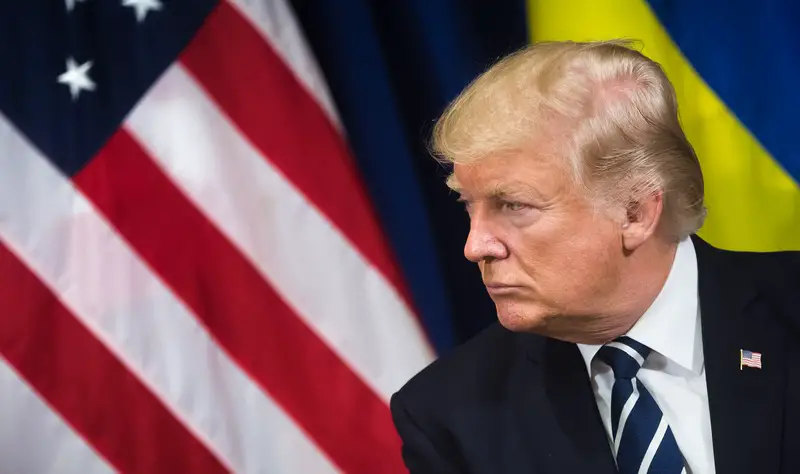President Donald Trump’s arrival in Japan on Monday, October 27, 2025, intensified growing concerns about the 79-year-old commander-in-chief’s physical health as footage from his Asia tour showed him moving with unusual caution while navigating aircraft stairs and walking with an apparent limp.
Video captured at Haneda Airport in Tokyo showed Trump exiting Air Force One with measured, heel-to-toe steps while gripping the handrail tightly and appearing to focus intently on avoiding a fall. The president kept his eyes fixed downward throughout the descent as part of his wider tour of Asia that began in Malaysia’s capital over the weekend.
The careful movements align with Trump’s own admission to Marines earlier this month that he takes extra care going down steps and avoids bopping down stairs, describing a need for slow, deliberate steps. During his flight from Malaysia, Trump revealed to reporters that he had undergone an MRI scan during what the White House characterized as a routine medical checkup on October 10, though he did not explain the reason for the imaging test.
Additional footage from Trump’s meeting with Japan’s Emperor Naruhito, 65, showed the president walking gingerly from his limousine to shake the emperor’s hand. Upon leaving the meeting, Trump appeared to drag his right leg and favor his left side, according to observers who noted the unusual gait.
The White House has not released a full physician’s note from the October 10 hospital visit beyond a summary, nor has it explained why an MRI was required. Trump’s disclosure contradicted press secretary Karoline Leavitt, who had earlier declined to specify which tests were performed while touting the president’s excellent health.
Medical observers have noted several persistent physical issues affecting the president. For months, Trump has displayed a recurring bruise on his hand, which he often covers with makeup, and visibly swollen ankles. Doctors have diagnosed him with chronic venous insufficiency, a condition that occurs when damaged veins slow blood flow back to the heart.
On Tuesday, October 28, Trump addressed troops aboard the USS George Washington aircraft carrier off the coast of Japan. The president told service members, “You are winners. Oh, I’d love to have your job,” a comment that drew mockery from California Governor Gavin Newsom’s office. Newsom’s press team responded on social media by branding Trump the “Bone Spurs in Chief,” referencing the medical condition Trump cited to avoid the Vietnam draft.
Trump received five deferments from the draft, according to records. Four came while he was a college student, and the fifth was granted in 1968 after he received a diagnosis of bone spurs in his heels, a buildup of calcium. His former lawyer, Michael Cohen, testified before the House Oversight Committee in February 2019 that Trump claimed the medical deferment was due to a bone spur but provided no medical records and indicated there was no surgery.
White House deputy press secretary Anna Kelly defended the president’s fitness, stating that Trump is in incredible shape as a champion-level golfer and was demonstrating his unmatched stamina during his multi-leg trip to Asia. The White House has consistently disputed portrayals of Trump experiencing health issues and maintains he remains fit to serve.
Medical experts have pointed to other potential warning signs beyond the physical symptoms. Specialists have noted memory lapses and disorganized speech as indicators of possible cognitive decline, though the administration rejects this characterization. The combination of visible physical limitations and questions about cognitive function has created what observers describe as a health panic among those watching the president’s public appearances.
The Asia tour represented a significant physical undertaking for the 79-year-old president, requiring extensive travel and multiple public appearances across different countries. The demanding schedule amplified scrutiny of Trump’s physical capabilities and raised questions about transparency regarding his medical condition.
Trump’s careful navigation of stairs contrasts sharply with his previous public statements about presidential fitness and his criticism of other politicians’ physical abilities. The president has frequently emphasized his own vigor and stamina while questioning the health of political opponents.
The lack of detailed medical information from the October 10 checkup at Walter Reed has fueled speculation about what conditions might have prompted the MRI scan. Medical professionals note that such imaging tests are typically ordered to investigate specific symptoms or concerns rather than as part of routine presidential checkups.











